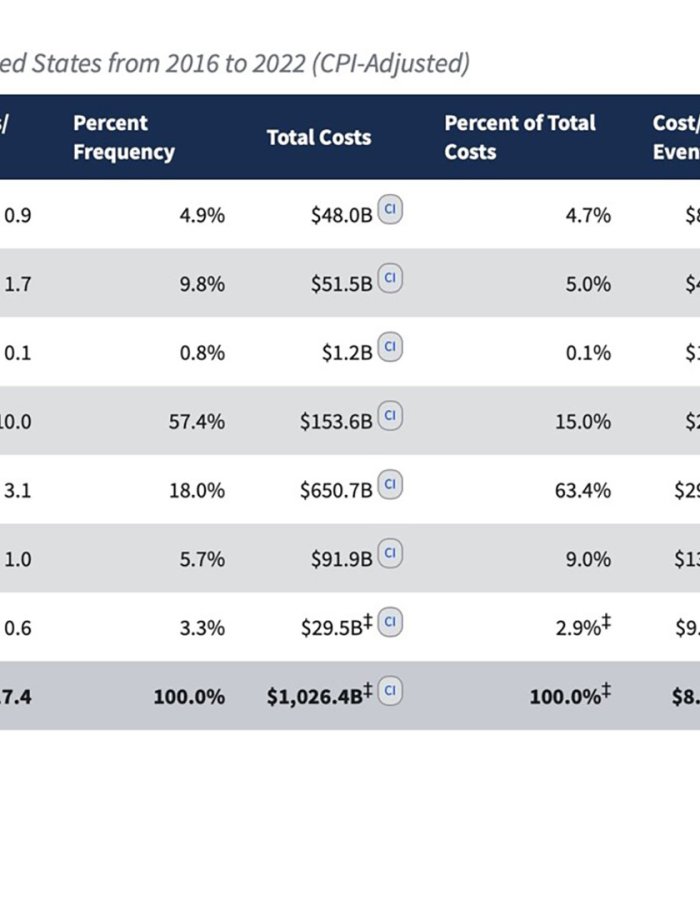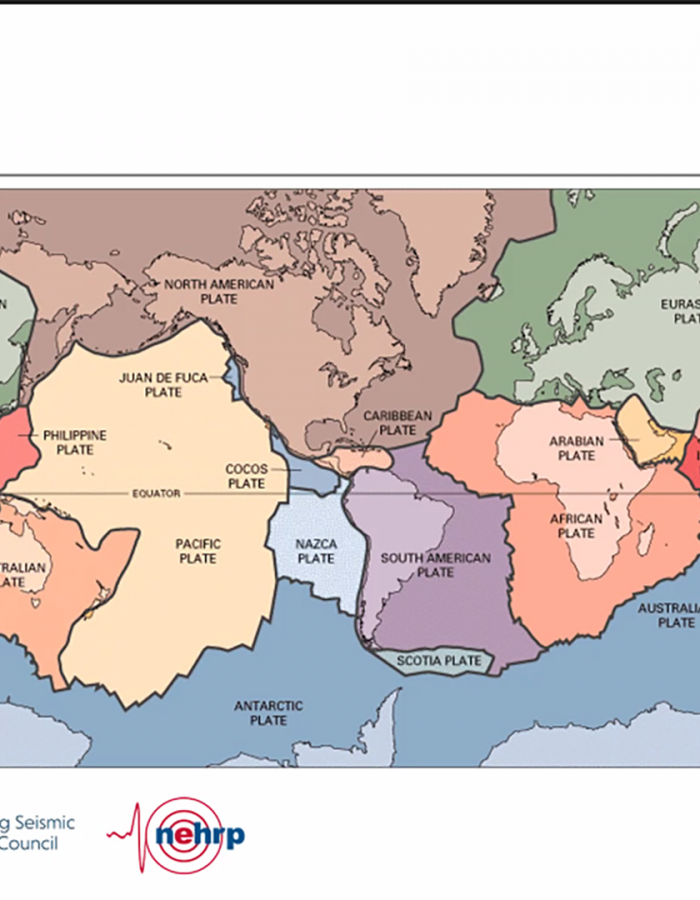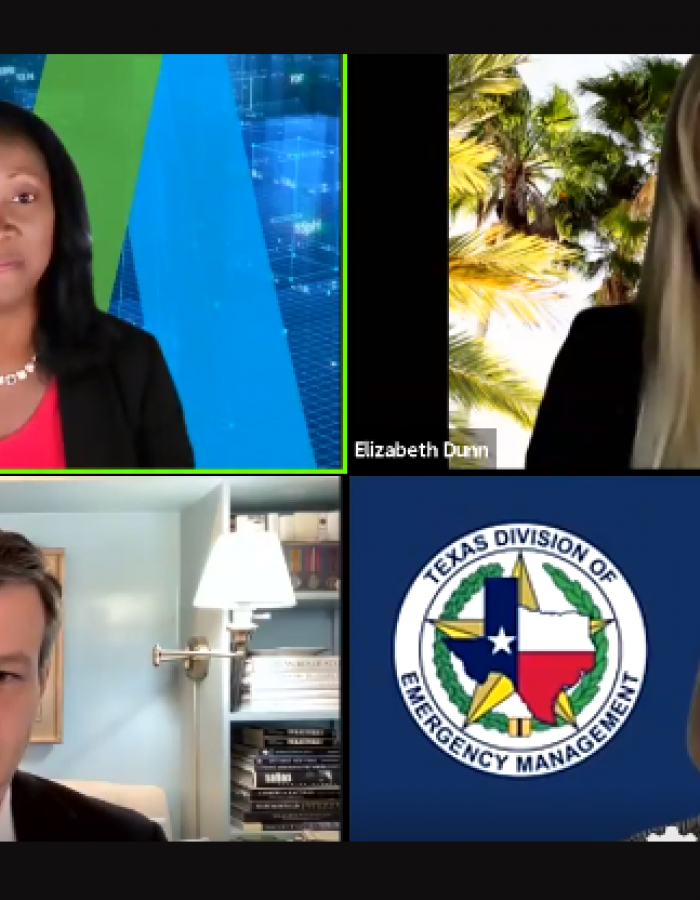Building Innovation: Who’s the 2024 Exceptional Woman in Building?

Early this month, NIBS, with the support of the Federal Emergency Management Agency (FEMA), held a mitigation workshop on natural hazards. The workshop was attended by more than 50 built environment professionals, policymakers from the White House and Congress, and many federal and industry partners.

Last week, the National Oceanic and Atmospheric Administration reported the US surpassed $1 trillion in losses and 5,000 deaths from 122 separate billion-dollar disasters over the past seven years. These eyewatering losses demonstrate the need to redouble our collective efforts to reduce disaster impacts.

We want to take this moment to thank you for following and supporting the National Institute of Building Sciences.
The greater built environment is critical to our work to ensure the nation remains healthy, resilient, sustainable, and prepared.
This year, we developed a new three-year strategic plan to guide the organization. Our goals are simple: climate adaptation and mitigation, transformational building sciences and technology, industry development and diversification, and visibility and recognition.

The Multi-Hazard Mitigation Council (MMC) Committee on Finance, Insurance and Real Estate (CFIRE) held its Resilience Incentivization Roadmap 2.0 kickoff meeting with project partners this month.
Nearly two dozen industry officials participated in the meeting to discuss collaboration and next steps.
“We’re ready to take this to the next level,” said Daniel Kaniewski, Managing Director, Public Sector with Marsh McLennan and CFIRE Chair.


Designing a structure to resist earthquakes requires several considerations. The loading is more severe, the permissible response will usually include damage to the structure, as well as the systems and components supported by the structure, and the levels of uncertainty in loading and response are greater than for ordinary loads.

With more than 5.6 million commercial buildings and 118 million housing units in the United States, existing buildings are a key asset to the nation.
But as the needs of society shift, policymakers, building tenants and owners place increased emphasis on the performance of buildings, including sustainability, health and resilience. The existing building stock must be prepared to respond.

Will this year’s hurricane season be a record breaker?
Meteorologists from Colorado State University’s Department of Atmospheric Science anticipate a highly active season, predicting 17 named storms and eight hurricanes—four of which they predict will be Category 3 or higher.
The Weather Channel’s prediction is slightly different with 18 named storms and eight hurricanes—three of which it expects will be Category 3 or higher.